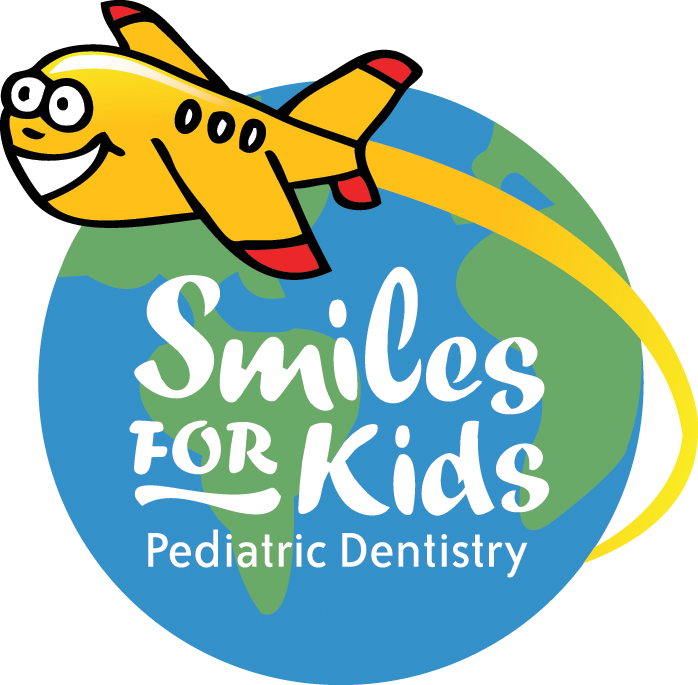The Asthmatic Dental Patient
/What is Asthma?
The prevalence of asthma is 9.3% in the general population. That means that about one out of every ten patients has this condition. It’s defined as a chronic respiratory disease associated with airway obstruction, with recurrent attacks of paroxysmal dyspnea and wheezing due to spasmodic contraction of the bronchi. Patients that are having an asthmatic attack usually cough, wheeze, have chest tightness, and shortness of breath. Asthma affects people of all ages but it most often starts in childhood.
How is it treated?
Asthma does not have a cure but it is a manageable condition. A spectrum of medications is used to treat asthma. Some of these medications are prescribed to be taken daily while others are considered “rescue” medications used only during an acute episode. It’s important for us to get a full medical history from our patients to understand how well-controlled they are. This aids us in making decisions about their specific dental prevention plan and options for treatment.
Asthma and the Oral Cavity
Dentally, asthmatic patients have an increased risk for cavities. One major factor is dry mouth caused by medications that patients are taking daily. This decreased salivary flow rate leads to less efficient clearing of sugar and the harmful cavity-causing bacteria. The salivary pH also tends to be lower which is more favorable for cavity formation. Studies have found that asthmatic patients have an increase in enamel defects and incidence of oral candidiasis. There’s also an increased rate of malocclusion likely due to mouth breathing. For this reason, we continually assess orthodontic needs for asthmatic patients.
Dental Treatment of the Asthmatic Patient
For every patient and every appointment, we assess the child’s risk of having an asthmatic attack. This is precisely why we ask detailed questions about asthma frequency and severity. Specifically, we need to know how many episodes per week the patient experiences and any previous hospitalizations and/or emergency room visits. We need to know any triggering agents and medications that are used for management (more medication could indicate poorly controlled asthma). This detailed medical history allows us to safely and cautiously treat our patients.
For a treatment appointment, we always verify that a rescue inhaler and EpiPen are readily accessible. We always have supplemental oxygen available during treatment in case of an asthma attack. If a child is symptomatic, we will reschedule the appointment. Using a barrier or instruments to help isolate the tooth being worked on from the oral cavity will substantially decrease chance of inhalation of particles and irritation of the airway.
Behavior management is very important for asthmatic patients because anxiety can trigger an attack. Using nitrous oxide analgesia is appropriate for patients with mild to moderate asthma. For patients with more serious asthma, medical consult may be indicated. If oral sedation is needed for any reason, only medications indicated for the asthmatic patient are used.
Prevention Plans
It’s integral to consider putting patients at high risk for cavities on fluoride gels or fluoride rinses for home use. This can help combat caries in a patient that already suffers from dry mouth. A major part of the individualized plan is always a good diet and daily oral hygiene.
If you have any questions, please don’t hesitate to contact us.
